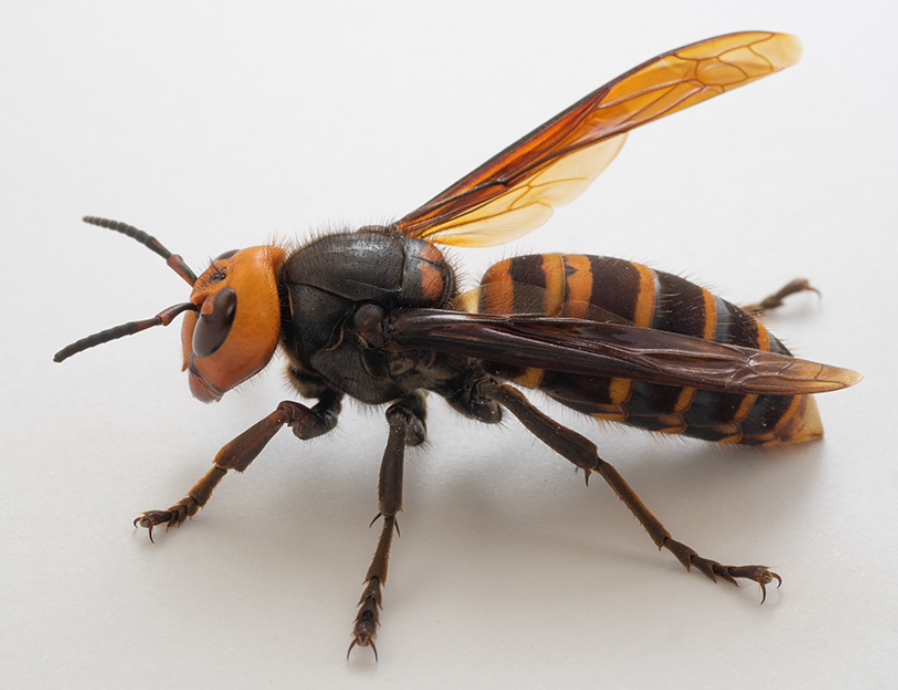Murder Hornets appear in US one of the deadliest insects in the world
If you’re at all similar to me, you’ll likely be cautious of anything that flies, emits a loud noise, and has the potential to deliver a sting.
Now, don’t misunderstand me, I fully grasp the crucial role creatures like bees and wasps play in our ecosystem, but that doesn’t mean I enjoy their presence buzzing around my picnic blanket while I’m attempting to enjoy a leisurely lunch in the sunshine.
And I’m not alone in this sentiment, which is why the alarming reports regarding the surge of a hazardous insect species have me feeling, well… alarmed. Keep reading if you’re interested in learning more!

In recent times, there has been a notable increase in reports hinting at an impending – or perhaps already underway – invasion of the United States by the Asian giant hornet, also known as the infamous “murder hornet.”
This terrifying winged insect was initially sighted on American soil back in 2019, and since then, sightings have persisted, instilling fear in the hearts of those who would typically flinch at the mere sight of a common yellow jacket.
According to reports, the most recent confirmed sighting occurred in Washington in August 2021. With a sting that rivals the intensity of three to ten yellow jackets simultaneously, the murder hornet is certainly not something to be taken lightly.

Named for its prowess in decimating beehives, often beheading thousands of bees in one fell swoop, the Asian giant hornet poses a significant threat to bee populations.
Moreover, as previously mentioned, murder hornets are equipped with an exceptionally potent sting that can pose a danger to humans as well. Although rare, the sting of a murder hornet has proven fatal for humans in the past.
In response to the 2019 incident in Washington, the Washington State Department of Agriculture (WSDA) has taken preemptive measures to address the looming threat posed by this new menace.
Following the incident, entomologists had devised a plan to tag captured wasps in order to track them back to their nests, which could then be eradicated to prevent further spread of the species.
For more insights into murder hornets, be sure to check out the informative video below:
